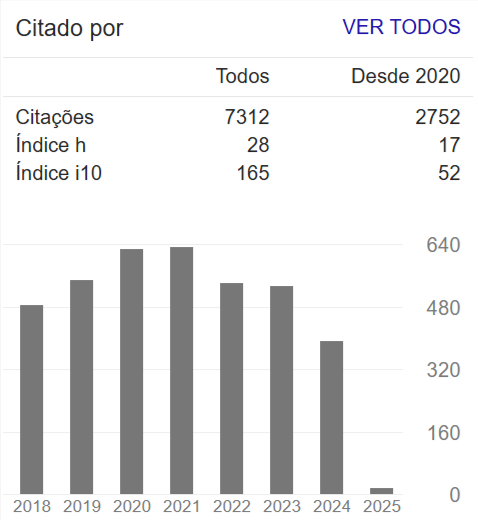The Role of Solid Amendments in Promoting the Accelerated Anaerobic Bioremediation of Groundwater Containing High Concentrations of cis- 1,2-Dichloroethene
Resumen
In-situ anaerobic bioremediation is an elegant method for decontaminating
groundwater containing halogenated hydrocarbons and other toxic contaminants.
Successful bioremediation is predicated on establishing and maintaining groundwater that
is deoxygenated, electrochemically reducing and pH neutral. Solid remediation
amendments, including zero valent metals and carbonate buffers, provide an opportunity
to establish and maintain the fertile environment that supports effective anaerobic
bioremediation. Zero valent metals are strong reductants that can rapidly render the
affected groundwater deoxygenated and electrochemically reducing. Similarly, calcium
carbonate is a slow-acting base that has long-term buffering capabilities to help maintain
pH neutral conditions. This approach was successfully employed at a large industrial
facility in the Southwestern U.S. where prior remediation efforts had resulted in a slowly
degrading cis-1,2-dichloroethene plume with concentrations as high as 250 mg/L. This
remediation program involved adding sub-micrometer zero valent metal, calcium
carbonate and emulsified vegetable oil (EVO) to 60 injection wells within a 120 meters
long by 30 meters wide treatment area. The product’s small particle size allowed for a
uniform distribution of the solid remediation amendments within the treatment area at
injection pressures ranging from 200-600 kPa. Shortly after applying the remediation
amendments, an acid-resistant microbial consortium containing dehalococcoides
etheneogenes was added to 15 of the injection wells. Within seven months of product
application, c-1,2-DCE concentrations had decreased by over 99% in the most
contaminated monitoring well with a similar response in down gradient monitoring wells.
Vinyl chloride concentrations peaked about six months after product application and have
since degraded mostly to ethene, indicating that a biotic pathway was the primary
degradation mechanism.

















